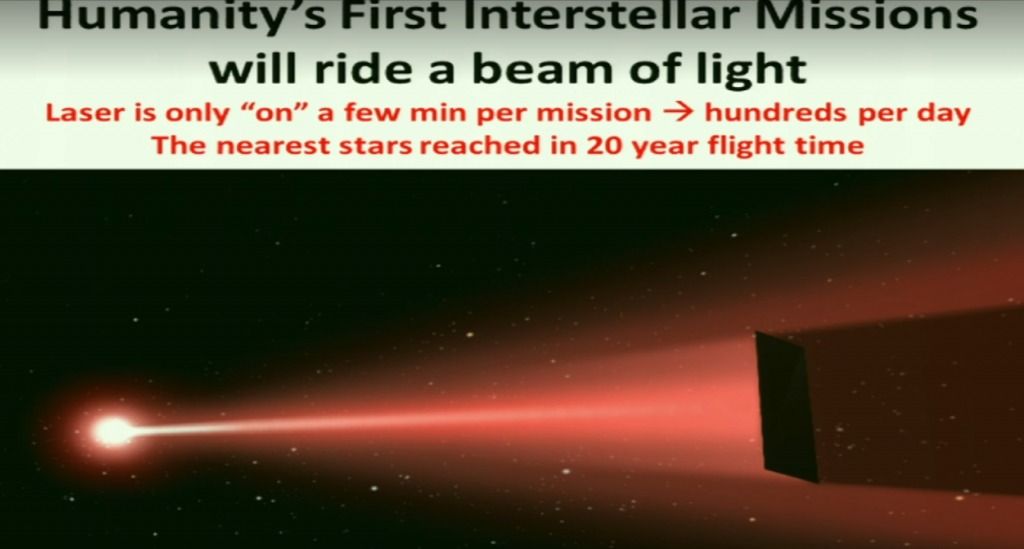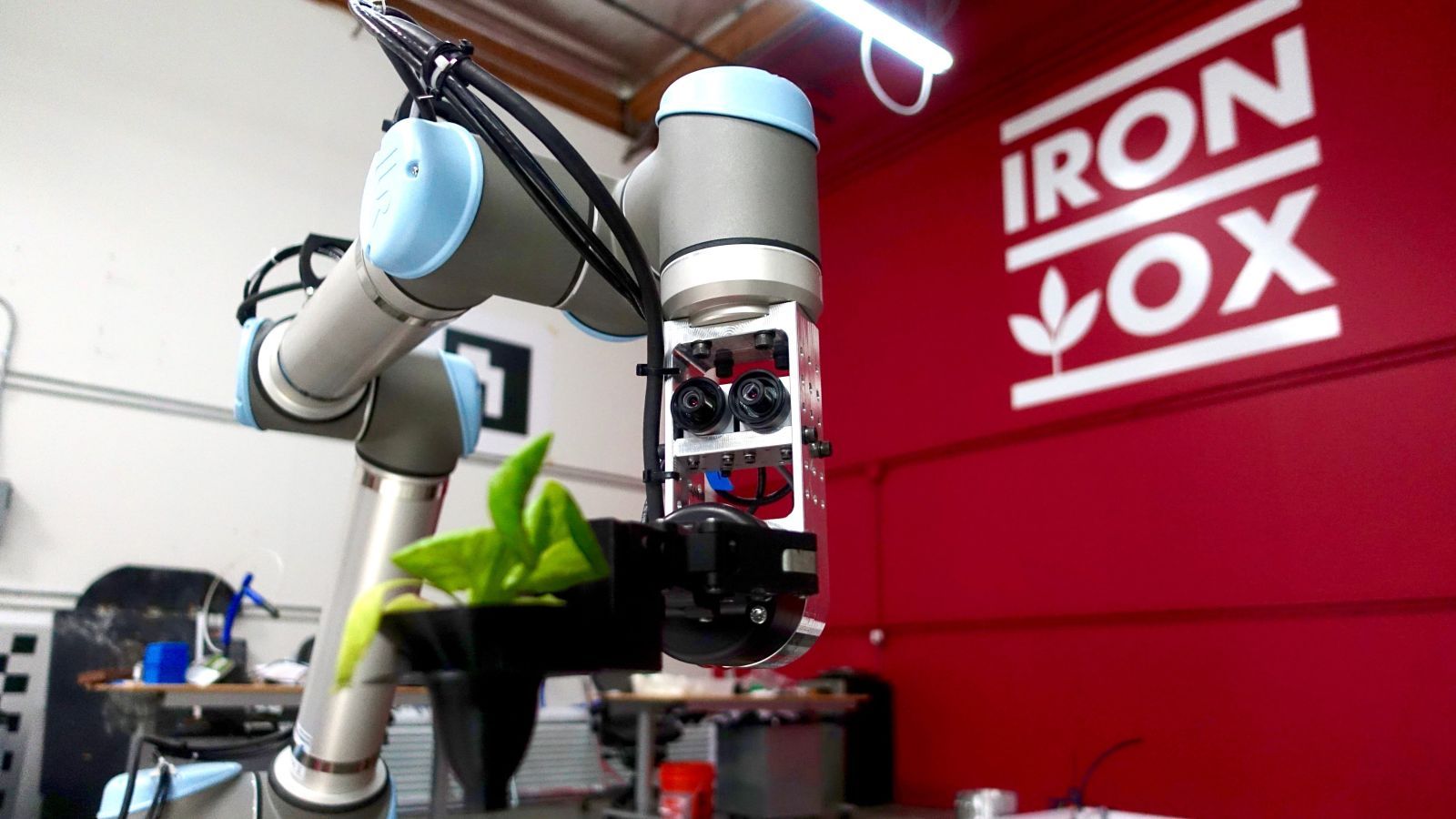Are AI aliens watching Earth? An immortal machine civilization could already exist and may be BILLIONS of years old, leading expert claims…
Artificial intelligence could already exist elsewhere in the universe and may have been around for billions of years, according to a leading expert.
Susan Schneider of the University of Connecticut believes other civilisations could rely on forms of alien super-intelligence we haven’t yet created on Earth.
She claims these life-forms could be ‘post-biological’ and not driven by the propagation of genes like creatures on Earth but powered by technology — meaning they could be immortal too.





